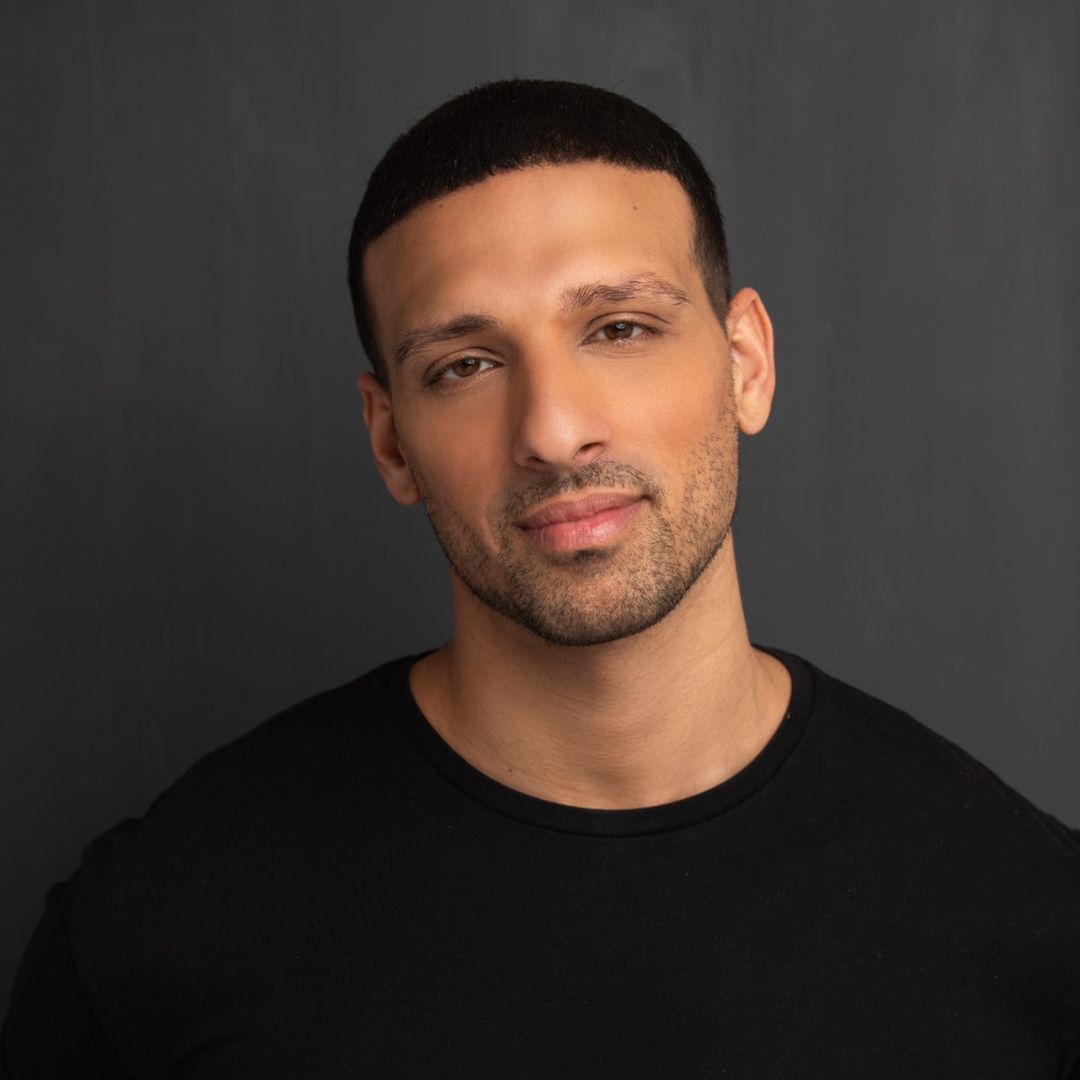In Other, young Ari’el names his OCD “Meredith,” turning his invisible battle into a person that he has a relationship with. For much of his life, Meredith is a villain – something (or someone) to ignore or eliminate. But over time, he comes to understand that what felt like her sabotaging him was also a way in which she was protecting him.
Many mental health struggles and experiences – anxiety, depression, addiction, intrusive thoughts, thoughts of suicide – are not enemies to be destroyed, but parts of us that have been working overtime to keep us safe. When we turn toward these parts with curiosity and compassion rather than fear or shame, their grip often softens, and we can renegotiate this relationship, often with the help of therapeutic interventions. The goal of living “with” and not “against” is not erasure but integration – learning to listen to these parts of yourself without letting them dominate the whole of who we are.
Reflection question: Do you have a “Meredith”? What would you want to say to them?






